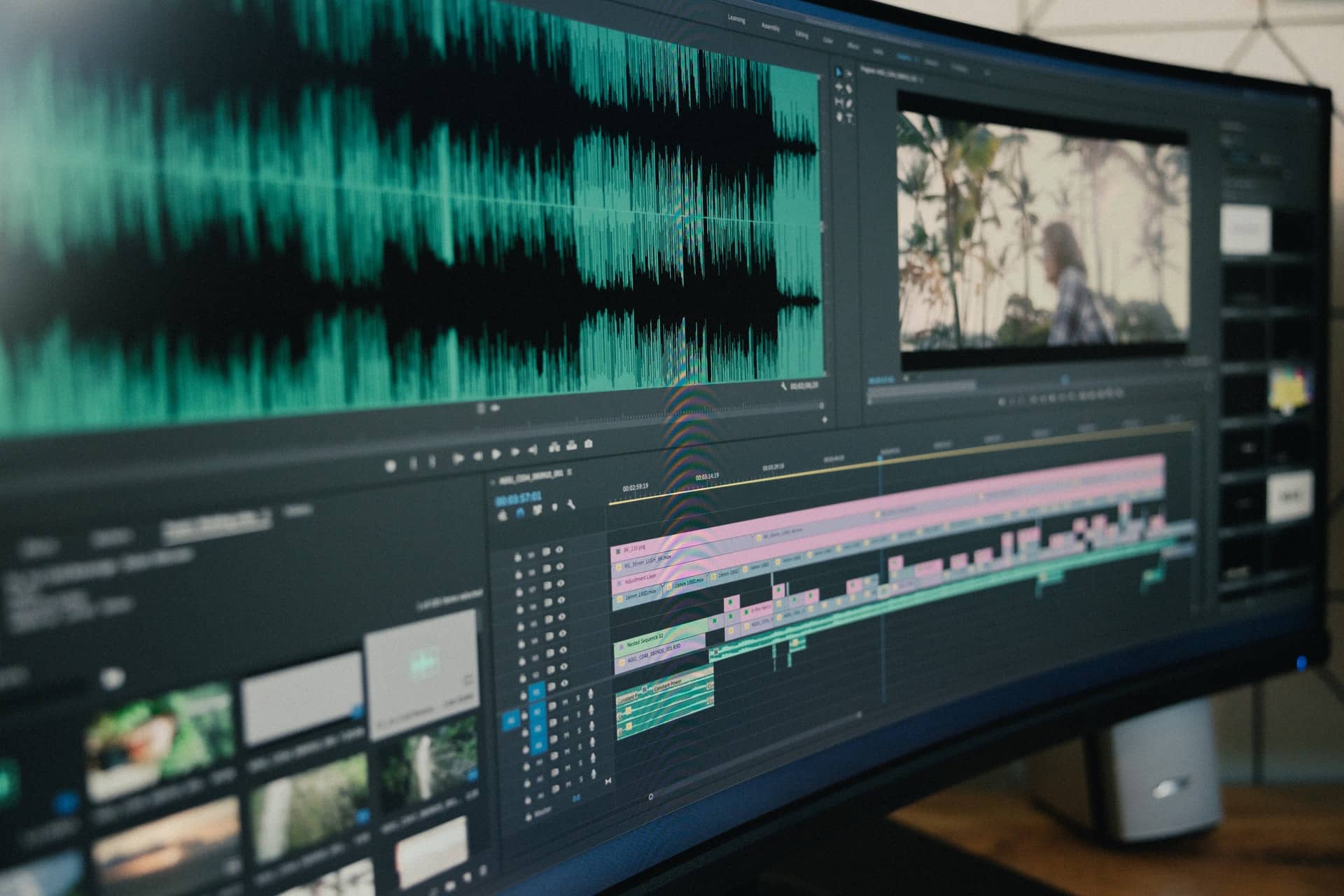

For those that know anything about editing will know that it is usually a large undertaking with a process that is not collaborative friendly in the least. Today, technology and innovation has tackled that problem by offering users the ability to collaborate in real-time while editing a video. How? Think Adobe Premiere Pro meets Google Drive. Imagine having multiple users on the same platform and all editing in real-time. That’s the kind of technology that we’re talking about.
One of the biggest wrenches that Covid-19 has thrown into our way of life is effectively removing the ability to work together in the same space. Social distancing means that people are working from home and all projects that require teams of people in order to move forward and paused indefinitely. However, where some people saw discord, others saw a problem that needed a solution. Inventors and entrepreneurs sought to close the divide by creating solutions that can aid collaboration across the internet, a true boon in these times of crisis.
While remote collaboration for video production is nothing new, with countless integration software available, the pandemic has shown the world that we need something that is more intuitive and modern, accessible and easily used by all – whether or not they have the skills to work a video editing software. Collaborative video editing needs to be efficient in communicating to your team members what needs to be done and what needs to be changed.
Some software allows you to draw directly on the footage in order to make a note of exactly what you’re referring to, while others let you leave annotations on specific scenes. In fact, Vimeo, a video-sharing platform like Youtube, offers its users the ability to let their clients finalize and review videos that are still being processed.
Vimeo’s API works with common video editing software like Adobe Premiere Pro and Final Cut, and you can add up to 10 people on a team who can then leave their comments and annotations on a rough cut, minimizing the time spent going back and forth.
Video assets are best stored on your computer for optimized editing, but since cloud technology has become much more rampant, it is becoming more utilized in the video editing space. However, video assets do pose a huge strain on servers, and companies creating video editing platforms are taking note of this problem and are beginning to rely on proxies instead. This is something of a game-changer and will let its users edit smoothly on high-resolution video instead of a lower resolution substitute.
We should also be looking at how to integrate real-time collaboration so we’ll be able to work more efficiently than being in the same room as one another. While there are tools that allow for this right now, it is something that can be further enhanced so that there aren’t any contradicting edits or simultaneous editing going on which may interrupt the collaboration process.
If you are interested in even more technology-related articles and information from us here at Bit Rebels, then we have a lot to choose from.
Warehouses are changing fast, pushed by rising demand, tighter safety standards, and the constant shuffle…
Cybersecurity is no longer a task for governments and large corporations in the connected world…
Fame is a powerful force that extends beyond a celebrity’s lifetime. Icons like Marilyn Monroe,…
In an era where sustainability, transparency, and corporate responsibility are paramount, businesses are under mounting…
In today’s fast-paced and competitive business environment, managing intellectual property (IP) is more crucial than…
Working in tight or confined spaces is one of the most common challenges in modern…